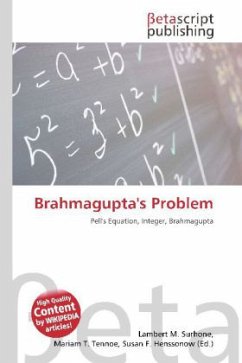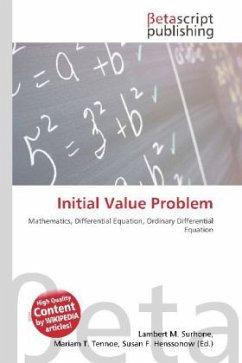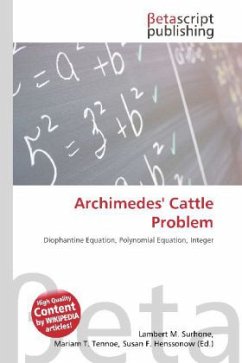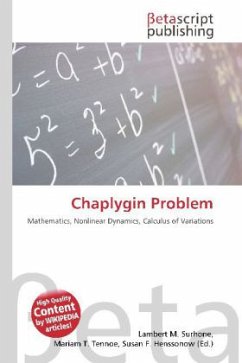Please note that the content of this book primarily consists of articles available from Wikipedia or other free sources online. The name of this equation arose from Leonhard Euler''s mistakenly attributing its study to John Pell. Euler was aware of the work of Lord Brouncker, the first European mathematician to find a general solution of the equation, but apparently confused Brouncker with Pell. This equation was first studied extensively in ancient India, starting with Brahmagupta, who developed the chakravala method to solve Pell''s equation and other quadratic indeterminate equations in his Brahma Sphuta Siddhanta in 628, about a thousand years before Pell''s time. His Brahma Sphuta Siddhanta was translated into Arabic in 773 and was subsequently translated into Latin in 1126. Bhaskara II in the 12th century and Narayana in the 14th century both found general solutions to Pell''s equation and other quadratic indeterminate equations. Solutions to specific examples of the Pell equation, such as the Pell numbers arising from the equation with n = 2, had been known for much longer, since the time of Pythagoras in Greece and to a similar date in India.
Bitte wählen Sie Ihr Anliegen aus.
Rechnungen
Retourenschein anfordern
Bestellstatus
Storno








